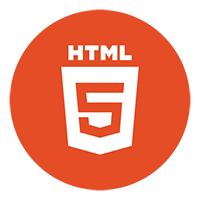Multimedia Presentation Using HTML (Video And Audio Tracks Explained).
Working with the Iframe, Video, Audio, Track, and its Sources. NOTE: for the purpose of this information, a value pair attribute looks like this: name=”value”. However, a Boolean value attribute looks like this: controls. A Boolean value is a data type that represents one of two values; true or false. <iframe></iframe> Element An Iframe is … Read more

